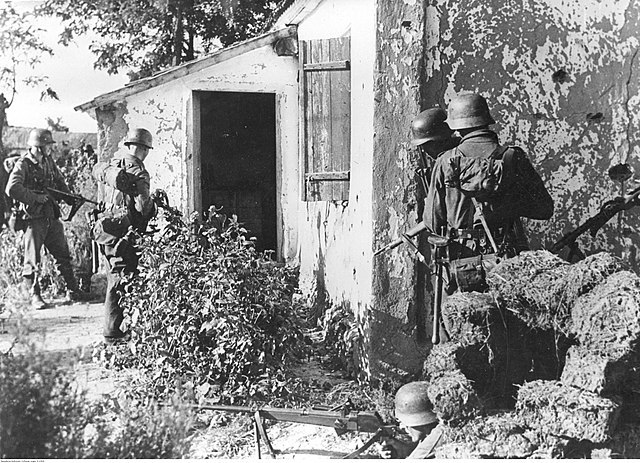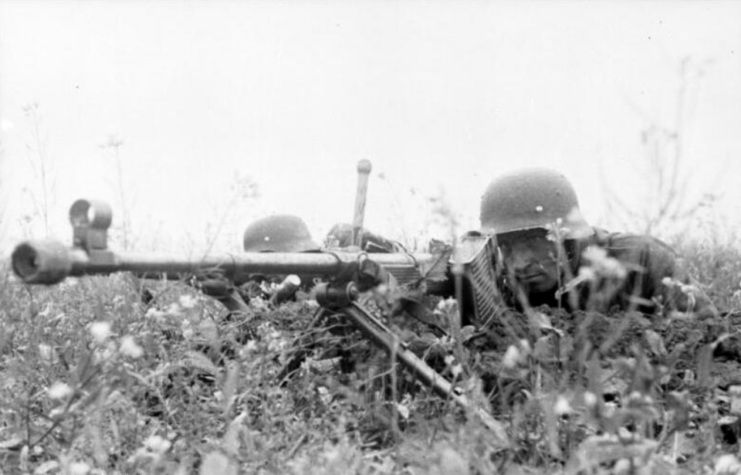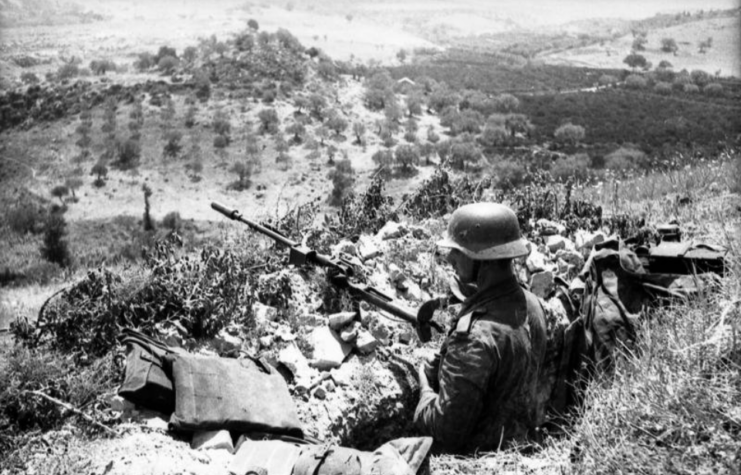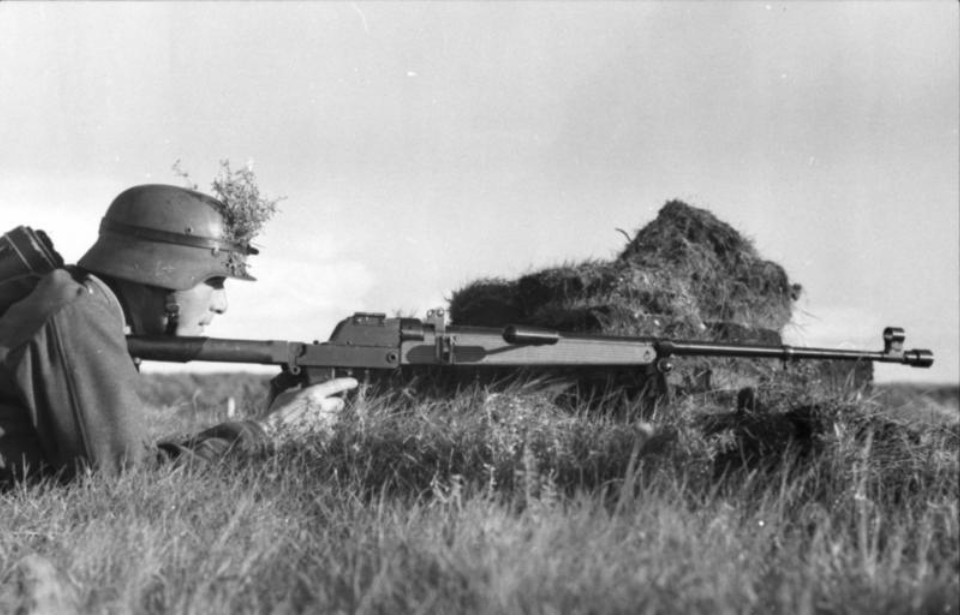The Panzerbüchse 39 (PzB 39) was an anti-tank rifle operated by Wehrmacht during the Second World War. The PzB 39 saw use during the invasion of Poland and Operation Barbarossa, and it was developed as an improvement upon the earlier Panzerbüchse 38 (PzB 38). However, by the end of the conflict, it had become ineffective against newer developments in tank armor.
Panzerbüchse 38 (PzB 38)

Narodowe Archiwum Cyfrowe / Wikimedia Commons / Public Domain)
The German anti-tank rifle was first developed during the First World War. Dubbed the Tankgewehr M1918, it was the world’s first anti-tank rifle and the only one to see service during the conflict, as a response to developments made by Britain with the tank. The Tankgewehr M1918 used an armor-piercing hardened steel core 13.2 mm TuF semi-ridged cartridge, which made it a success.
In the 1930s, Germany looked to develop a new anti-tank rifle that was lightweight and easy for infantrymen to carry. B. Brauer, an engineer at Gustloff Werke, responded by designing the Panzerbüchse 38. The PzB 38 was manually-loaded, and it chambered a 7.92 mm cartridge. When fired, the barrel recoiled 3.5 inches, dispensed the used cartridge and left the breech in an open position. The operator then inserted a single round and closed the breech to fire again.
The PzB 38’s firing mechanism was rather complicated and known to jam, especially after becoming dirty in the field. It also made the rifle difficult to produce, with only 1,408 manufactured between 1939-40. Roughly 62 were used by German soldiers during the invasion of Poland, which commenced on September 1, 1939.
Panzerbüchse 39 (PzB 39)

The Panzerbüchse 39 (PzB 39) was the next German anti-tank rifle. B. Brauer, again, designed this newer model, which was very similar to its predecessor in that it used the same breech system and cartridges.
The overall length of the rifle was increased slightly, while the weapon’s weight was decreased from 35 to 28 pounds. The PzB 39 had a muzzle velocity of 1,210 meters per second, a rate of fire of 10 RPM and an effective firing range of up to 300 meters, which allowed for penetration of armor that was up to 25 mm thick.
The performance of the PzB 39 was virtually identical to the PzB 38. In an attempt to increase the PzB 39’s rate of fire, two cases containing 10 cartridges each were attached to either side of the weapon. These, ultimately, weren’t magazines that fed rounds into the rifle for firing – they merely allowed the operator to load the weapon faster with rounds very close to the breech.
The PzB 39 was produced between 1938-41, with 39,232 built. During the invasion of Poland, 568 were equipped by German troops. At the start of Operation Barbarossa in 1941, the Wehrmacht advanced into the Soviet Union with 25,298. The Germans equipped the PzB 39 until 1944, when it became clear it was only effective against lightly-armored vehicles, due to increased use of heavier and thicker armor.
Granatbüchse Modell 39 (GrB 39)

The Granatbüchse Modell 39 (GrB 39) was a variant of the Panzerbüchse 39 that was equipped by the Wehrmacht between 1942 and the end of the Second World War. A number of PzB 39s were modified with a shorter barrel and with a Schiessbecher (firing cup), which attached to the end of the barrel and allowed the GrB 39 to fire grenades.
More from us: The M18 Recoilless Rifle Obliterated Enemy Machine Gun Nests In Korea
The reasoning for the modifications was to make the PzB 39 more effective against armor. The GrB 39 fired three different types of grenades: light anti-tank, anti-personnel and large-diameter anti-tank. A cartridge with a wooden bullet was used to fire them. New sights were also added, allowing for effective firing up to 150 meters.
